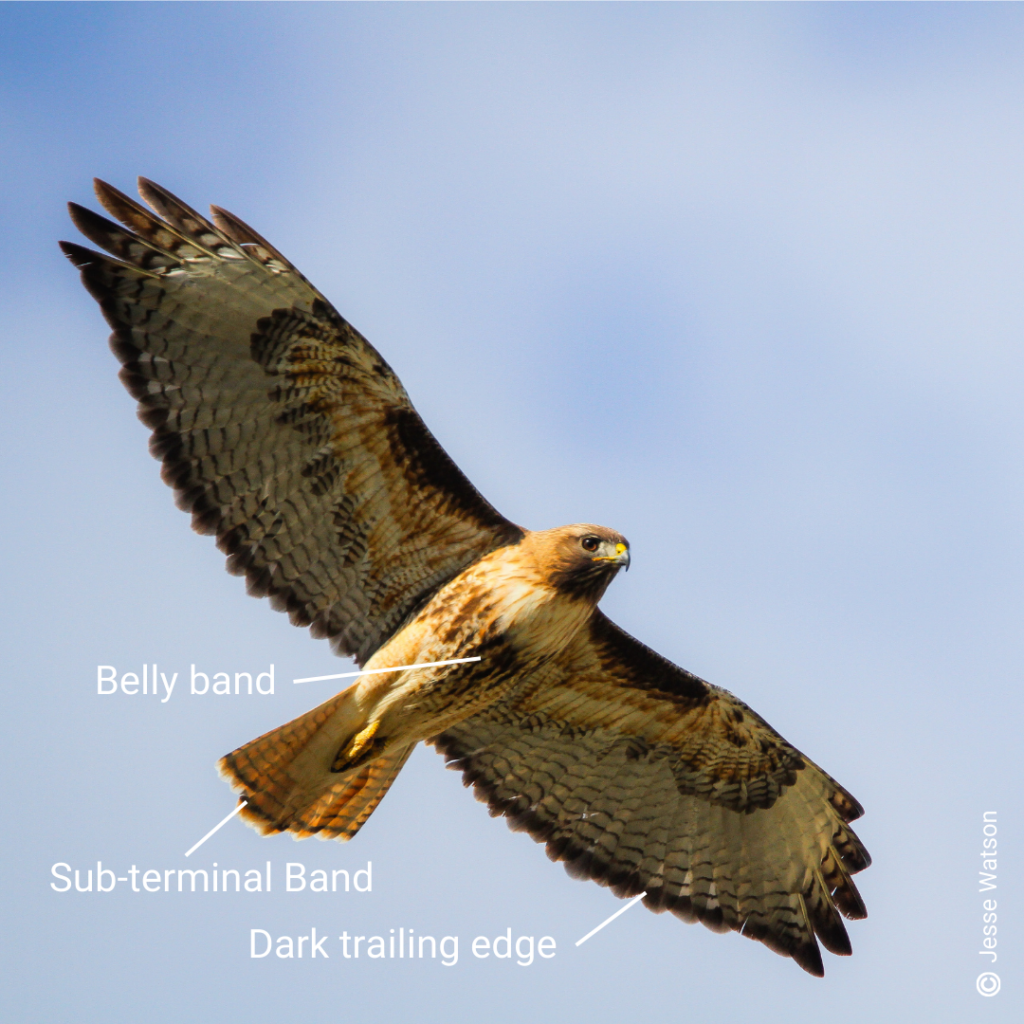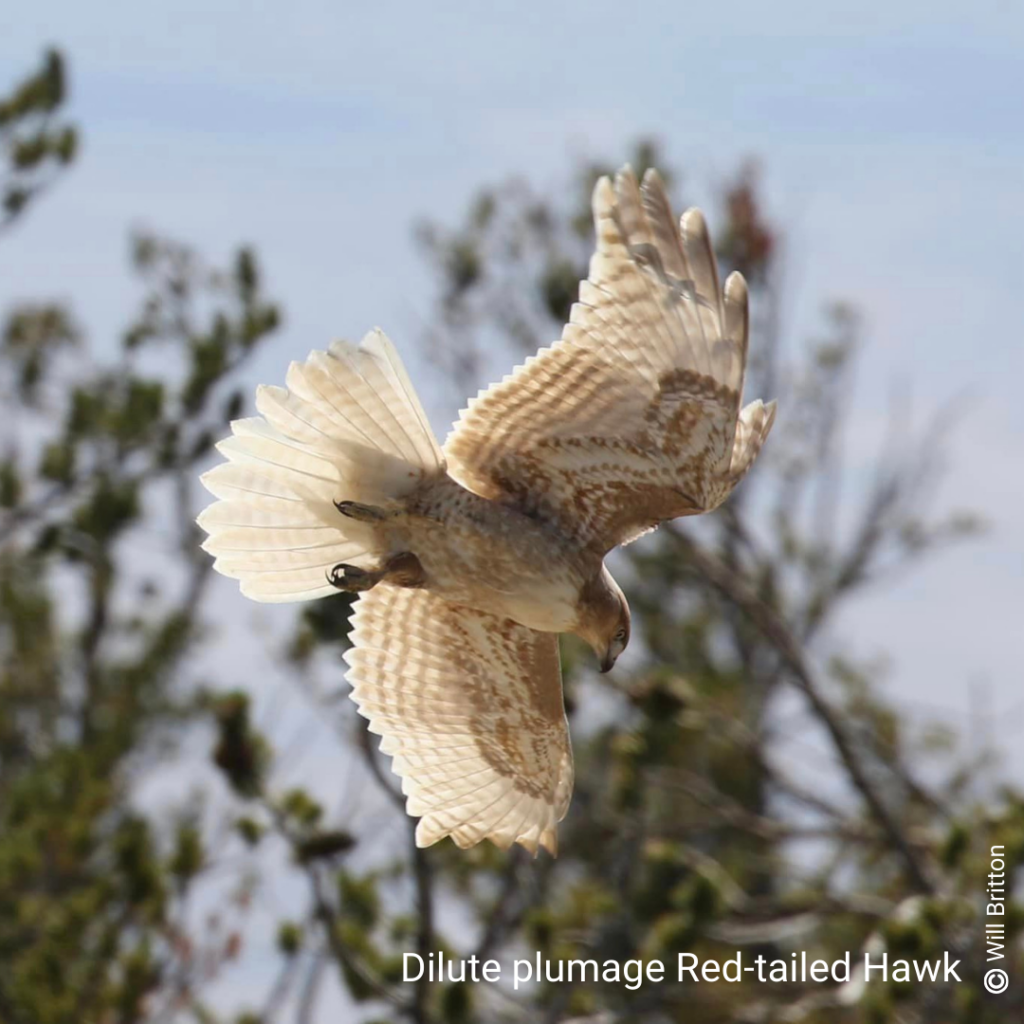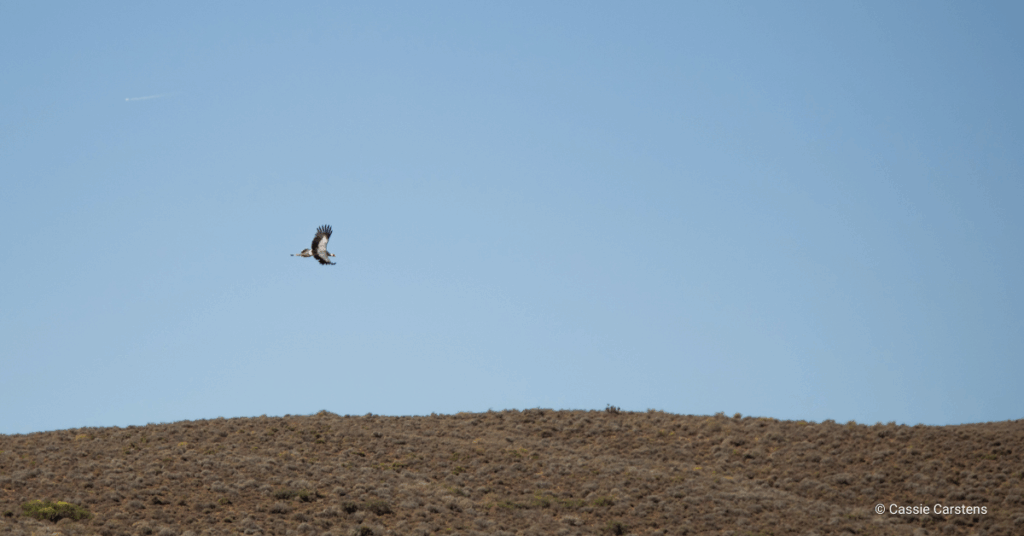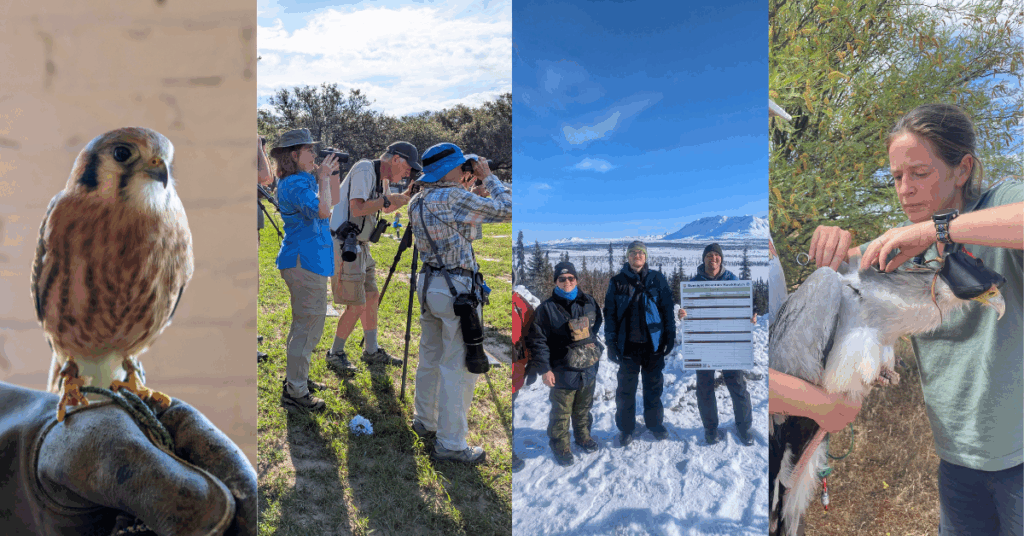Welcome to the second installment in our series, teaching you how to speak the language of raptor biology. In this blog, we will focus on terms relating to plumage. These terms are not specific to raptors per se but are helpful to know when talking about identifying raptor species through their plumage.
Before you continue reading, please read our blog on raptor anatomy, as there will be some terms defined there that will also be used when describing plumage. Terms referencing plumage in regard to aging will be defined in our next installment of Raptor Vocab 101. If you don’t want to miss when it comes out, join our newsletter to be the first to hear!
Barring: Alternate stripes of light and dark across a feather
Bellyband: Dark feathers across the belly
Bib: A dark patch of feathers on the breast
Buff/Buffy: A pale tan coloration
Countershading: A method of camouflage where the top of an animal is darker in color and the bottom is lighter in color. This is seen in Peregrine Falcons so they blend into the sky when looking up, and blend into the earth when looking down.
Dusky: Dark in color
Leggings: Feathers that cover the legs and sometimes the feet, making the bird look like it’s wearing pants


Malar Stripe/Mustache/Sideburns: A distinct dark plumage patch below the eye, often seen on falcons
Marked: A small area on the feathers having a different color from its surroundings
Morph: Color variant, typically most pronounced on the body and underwing coverts
Mottled/Mottling: Pattern in plumage that is spotted/smudged
Rufous: Orange-rust color
Streaking: Long, thin lines or marks of a different color from surrounding feathers
Subterminal band: Band just before the tip of the tail. Varies in thickness or color in species and between sexes within some species (i.e., American Kestrels)
Tawny: Meaning tan colored, often light orangey-brown or yellow-brown
Trailing Edge: Back edge of the wing, often differs in color
Windows: A patch of feathers of different quality/coloration that appears translucent when backlit and viewed from below. In some cases useful in species ID or in aging.

Pigmentation Aberrations

Albinism: A genetic condition where an individual cannot produce melanin, resulting in no melanin-related pigmentation. This includes all of the melanocytes (melanin-producing cells) in the body, producing white plumage all over and red or pink eyes, legs, and feet.
Dilute Plumage: Overall faded plumage relative to ‘normal’ plumaged birds
Leucism: White feather or feathers (or fur or scales) where they are normally dark, can include entire body, but eyes will have melanin and be dark, distinguishing this from albinism
Melanism: Dark feather or feathers where they are normally light
Want to take your learning further? On our free Raptor ID App (available for Apple and Android) you will find a terminology list, narrated videos of raptors in flight, and in-depth identification information on individual species. Our In-hand Guide to Diurnal Raptors is also an excellent resource for growing your vocabulary, with its extensive glossary. Lastly, the Raptor ID group on Facebook is a wealth of information that allows you to ask questions to other raptor experts and enthusiasts.
Happy hawkwatching!
This blog was written by Sammy Riccio, HWI’s Donor Engagement Coordinator. You can learn more about Sammy here.



